Part of the beauty of travel is the chance not only to make a connection with the place you’re visiting, but also to leave it a little better than when you came. In Vietnam, there are many ways you can support small communities, preserve local ways of life, and respect the environment. Here are a few tips to help you enjoy Vietnam and make a meaningful contribution at the same time.
Support ethical tours
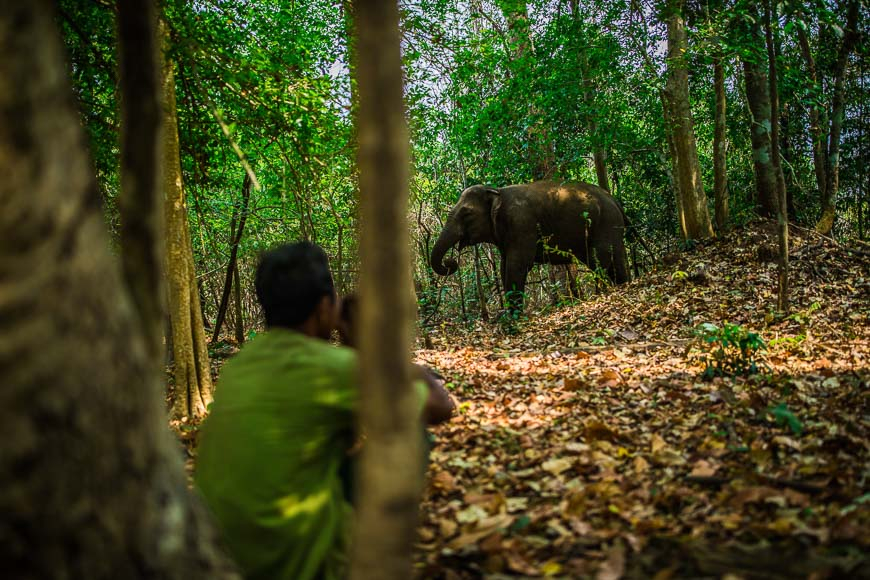
All across Vietnam you’ll find responsible tour providers who have set up experiences with their communities and savvy travellers in mind. Hạ Long Bay, for example, can be seen with companies such as Bhaya Cruises and YESD tours, who run sustainable operations in the bay and contribute to regular clean-ups. In Sapa, Sapa Sisters, a social enterprise run entirely by ethnic H’Mong women, and ETHOS, an ethnic minority group employer, are two excellent options if you are looking for guides who know the trails inside out. If you’re in Da Lat, treat yourself to a tour of the K’Ho coffee farm, a co-op that supports 50 ethnic K’Ho farmers and their families.
Book a family homestay
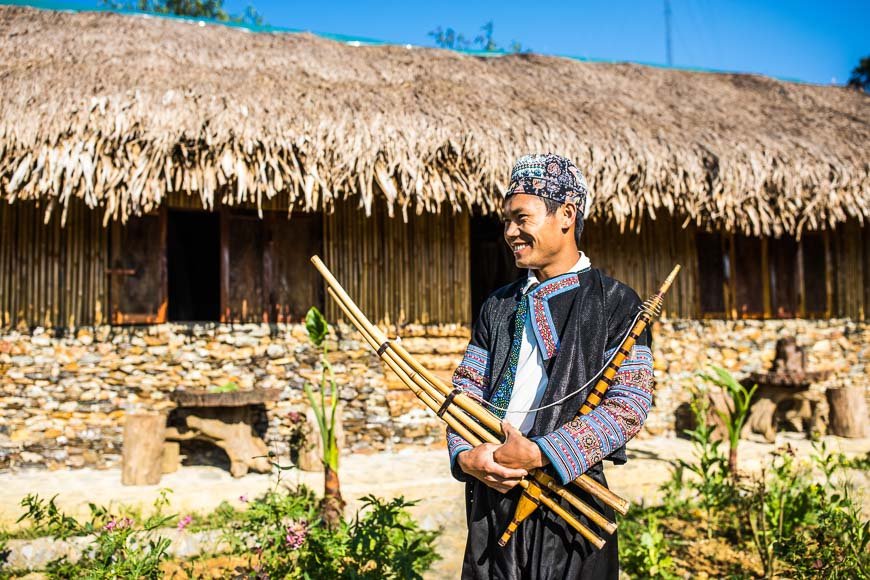
Homestays not only provide close-up encounters with local culture, they also play an important part in supporting communities, especially in Vietnam’s remote and rural areas. Vietnamese homestay hosts are known to be incredibly generous. They will happily organise unforgettable tours and intimate workshops for you, which in turn contribute to the income of the whole village. In the Mekong Delta, Mekong Rustic follows this model, allowing farmers and carpenters to welcome guests into their own homes. In the farming village of Thon Tha in Ha Giang, Mr. Thien Homestay exposes guests to Tay ethnic culture, with enriching stays in a traditional stilt house.
Follow Vietnamese customs
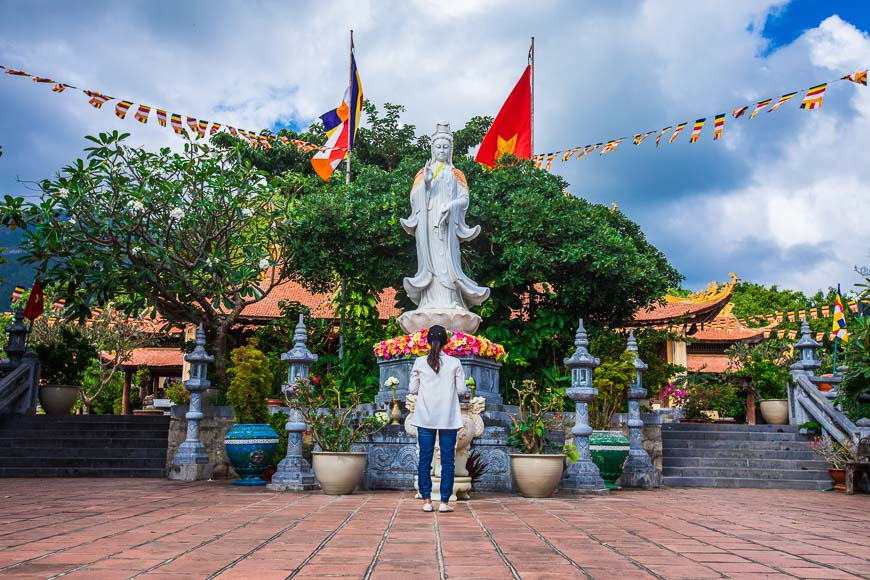
On the whole, Vietnam is still a conservative country. You can show your respect for Vietnam’s culture by adopting the local way of doing things while you’re here. When visiting a temple or pagoda, make sure your legs and shoulders are covered and your hat is off. When entering someone’s home, don't forget to take off your shoes! This will be greatly appreciated by your host, showing them you respect the cleanliness of their space. As well, each Vietnamese home and business has an altar that’s a place of regular worship. Take care not to block or leave things in front of the altar, as we Vietnamese feel this is not respectful to our ancestors and spirits.
READ MORE: Vietnamese etiquette for travellers
Eat like a local
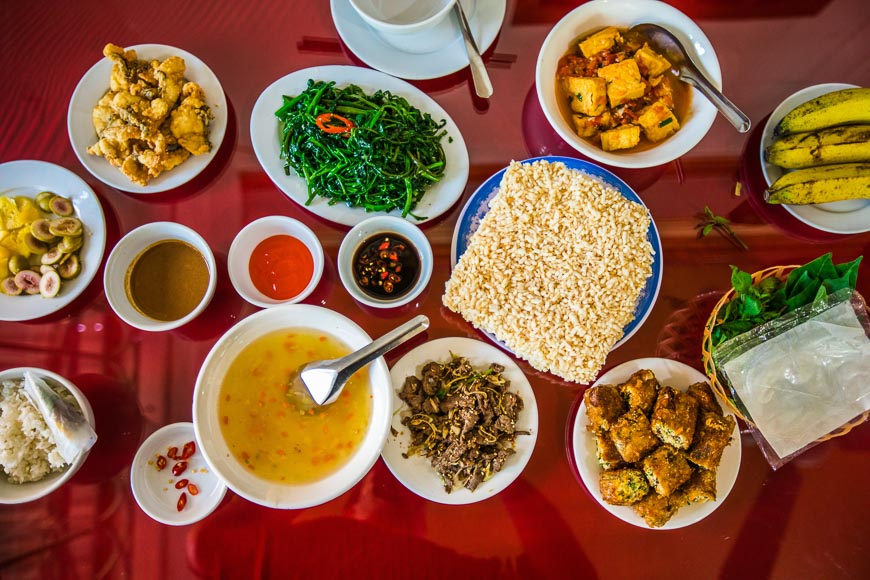
Eating with Vietnamese friends is always a joyful experience. When we go to restaurants or eat at home we tend to eat family-style, with many dishes for everyone to share. This allows everyone to try a little bit of everything. Offer to fill others’ bowls with rice, and place dishes where everyone can reach them. Use chopsticks to pick out the morsels you want directly from the serving plates. After eating, place your chopsticks next to your bowl, never vertically into the rice. Vietnamese find it more respectful to use your right hand in social interactions. For example, when invited to a toast, hold your drink in your right hand; also, pass money using your right hand. Whenever you can, eating local also supports local farmers and food producers, and gives you a taste (literally!) of your destination.
READ MORE: 21 must-try Vietnamese dishes
Buy sustainable souvenirs
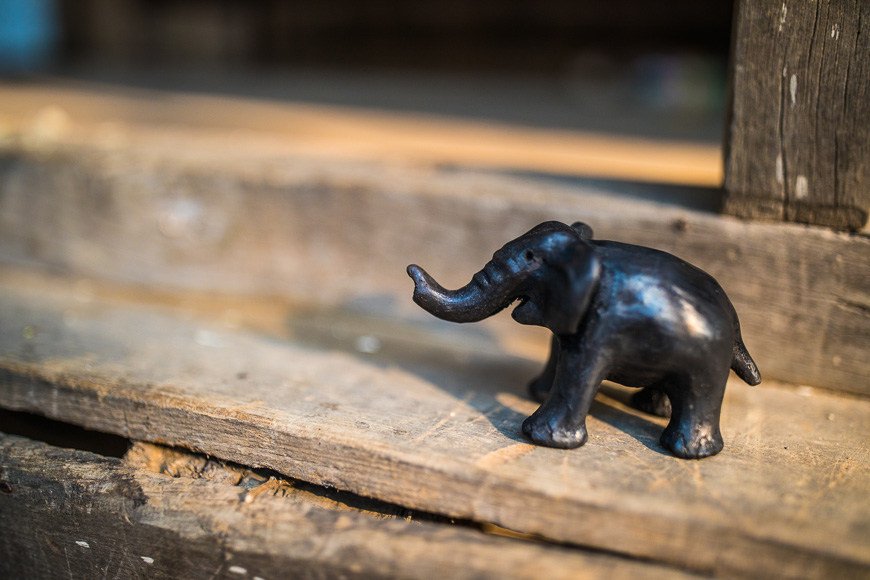
If you love shopping, Vietnam will give you many chances to buy beautiful goods that also support local artisans and craftsmen. Lacquerware, ceramics, and textiles are all excellent take-home mementos you’ll find here. Look out for fair-trade crafts created sold by social enterprises as an easy way to contribute to the local economy. Indigo Cat shop in Sapa supports ethnic minorities by carrying beautiful traditional textiles created with indigo dye, embroidery and batik. Reaching Out Ceramics in Hội An sells elegant ceramic tea sets that will sweeten your tea-time at home, all made by people with disabilities. These products ensure they receive sustainable income and meaningful work.
Plan a sustainable holiday in Vietnam with our Green Travel Guide.
Learn and preserve culture
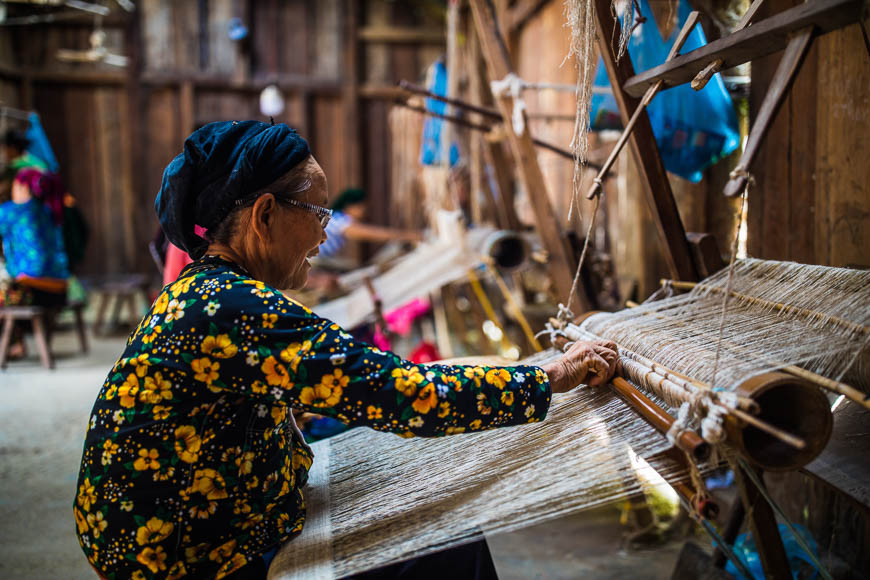
Did you know Vietnam has hundreds of craft villages? Touring this traditional craft and guild villages is an excellent way to see Vietnam’s countryside and contribute to the preservation of the country’s rich culture. Zó Project, for example, brings you to a traditional paper-making village in Hòa Bình district. Ceramic lovers must visit Bát Tràng, the most renowned ceramics village in Vietnam, where you can find colourful beautiful glazed pots that come in all shapes and sizes. The villages near Hue are also famous for making everything from incense to wood-block paintings.
Get off the beaten path

Vietnam’s many islands, frontier towns and vibrant ethnic communities are still relatively unknown but absolutely worth visiting. Going to lesser-known destinations gives you an even more authentic holiday, and diverts traffic from tourist-heavy destinations. Looking for nature and rice terraces? Sleep in a homestay in Pu Luong. Eager to see the Mekong Delta? Spend a few days in lovely Cái Bè. Ready to hit the beach? Claim a spot on the sand in Qui Nhơn. You get the gist. There are many alternatives to popular spots, where, for a little extra effort you can have the place all to yourself. Your dollar will reach communities that otherwise can’t benefit from those hot spots, while your carbon footprint will be negligible. Enjoy!







